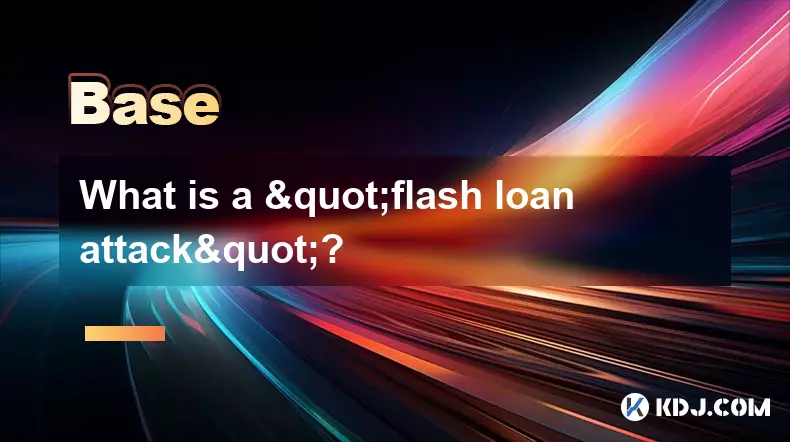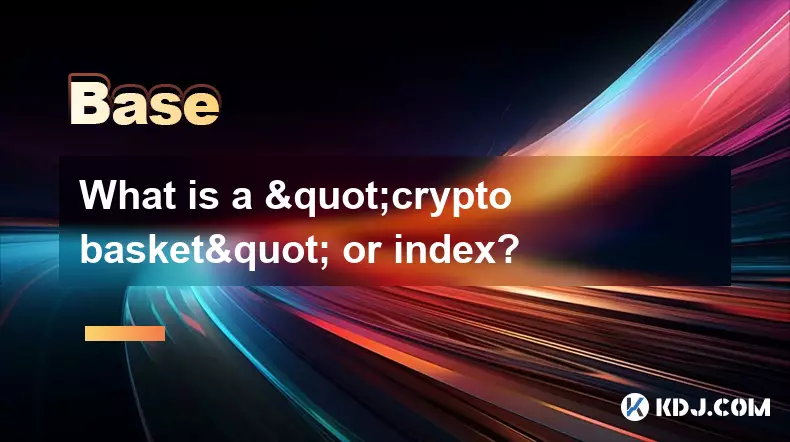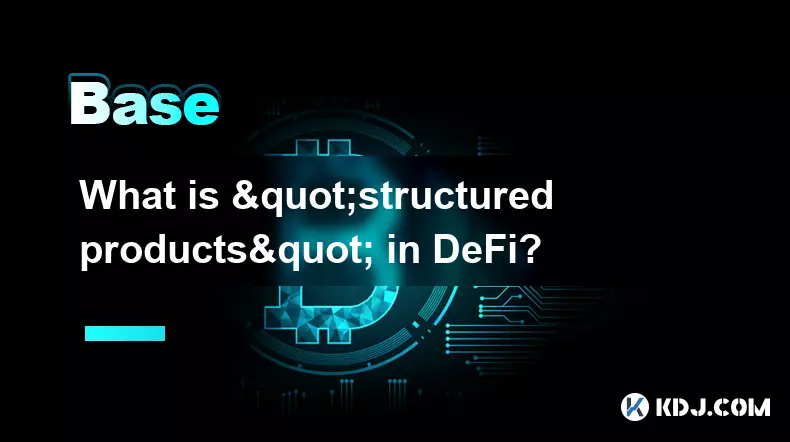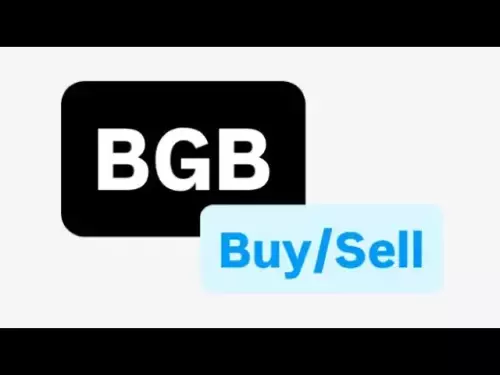-
 Bitcoin
Bitcoin $111000
1.68% -
 Ethereum
Ethereum $4289
-0.42% -
 XRP
XRP $2.830
2.60% -
 Tether USDt
Tether USDt $1.000
-0.01% -
 BNB
BNB $849.8
0.18% -
 Solana
Solana $208.0
4.92% -
 USDC
USDC $0.9999
0.00% -
 Dogecoin
Dogecoin $0.2130
1.23% -
 TRON
TRON $0.3371
0.04% -
 Cardano
Cardano $0.8289
3.22% -
 Chainlink
Chainlink $23.25
3.34% -
 Hyperliquid
Hyperliquid $44.68
3.12% -
 Ethena USDe
Ethena USDe $1.001
0.01% -
 Sui
Sui $3.318
2.93% -
 Bitcoin Cash
Bitcoin Cash $580.2
6.25% -
 Stellar
Stellar $0.3633
2.30% -
 Avalanche
Avalanche $24.40
5.43% -
 Hedera
Hedera $0.2200
3.20% -
 Cronos
Cronos $0.2739
3.94% -
 UNUS SED LEO
UNUS SED LEO $9.551
0.01% -
 Litecoin
Litecoin $111.0
1.76% -
 Toncoin
Toncoin $3.160
1.58% -
 Shiba Inu
Shiba Inu $0.00001235
2.28% -
 Polkadot
Polkadot $3.800
2.85% -
 Uniswap
Uniswap $9.501
1.73% -
 Bitget Token
Bitget Token $5.165
10.67% -
 World Liberty Financial
World Liberty Financial $0.2236
-9.69% -
 Dai
Dai $0.9998
-0.01% -
 Monero
Monero $267.2
2.64% -
 Aave
Aave $313.6
2.60%
What is a "flash loan attack"?
Flash loan attacks exploit unsecured loans to manipulate prices and drain funds from vulnerable DeFi protocols in a single transaction.
Sep 03, 2025 at 08:19 am

Understanding Flash Loan Attacks in DeFi
1. A flash loan attack exploits the unique feature of flash loans in decentralized finance (DeFi) platforms. These loans allow users to borrow large amounts of cryptocurrency without collateral, provided the loan is repaid within the same blockchain transaction. If the repayment fails, the entire transaction is reverted, making it risk-free for the borrower. This mechanism, designed to enable innovative financial strategies, has been weaponized by attackers to manipulate markets and drain funds from vulnerable protocols.
2. The core of a flash loan attack lies in price manipulation. Attackers use borrowed funds to create artificial price imbalances in decentralized exchanges (DEXs) or lending platforms. For example, they might flood a liquidity pool with a specific token, drastically altering its price. This skewed price is then used to trigger functions in other protocols, such as borrowing more assets than normally allowed due to the distorted valuation.
3. These attacks are executed in a single atomic transaction, meaning all steps—borrowing, manipulation, profit extraction, and repayment—occur in one block. Because the transaction is all-or-nothing, attackers face no financial risk if the exploit fails. This low-risk, high-reward scenario makes flash loan attacks increasingly common, especially against protocols with weak oracle mechanisms or insufficient price validation.
4. Notable incidents have demonstrated the severity of such attacks. In several high-profile cases, millions of dollars in digital assets were drained from lending platforms after attackers manipulated internal price feeds using flash loans. These events have exposed critical vulnerabilities in smart contract logic and underscored the importance of robust security audits and real-time price verification systems.
How Attackers Exploit Smart Contract Flaws
1. Many flash loan attacks succeed due to flaws in smart contract design. Protocols that rely on on-chain price data from low-liquidity pools are particularly vulnerable. When attackers use flash loans to trade massive volumes in these pools, they can easily shift prices and feed false data into the system. Contracts that do not incorporate time-weighted average prices (TWAPs) or external oracle networks are at higher risk.
2. Another common vulnerability is in the logic governing asset valuation and borrowing limits. If a contract calculates collateral value based on manipulated prices, an attacker can borrow far more than the system should allow. This over-borrowing is often the primary source of loss in flash loan exploits.
3. Some attacks combine flash loans with reentrancy techniques, where a malicious contract repeatedly calls back into the target protocol before the initial transaction completes. This can amplify the damage, allowing attackers to drain funds across multiple function calls within the same transaction.
4. The modular nature of DeFi increases risk. Protocols often integrate with others, assuming their security is sound. However, a flaw in one system can be leveraged to compromise interconnected platforms. Flash loans provide the capital needed to exploit these interdependencies at scale.
Mitigation Strategies Against Flash Loan Exploits
1. One of the most effective defenses is the use of decentralized oracle networks like Chainlink. These systems provide price data from multiple sources and are resistant to short-term manipulation. By relying on off-chain or time-averaged pricing, protocols can avoid reacting to temporary price distortions caused by flash loan trades.
2. Implementing transaction limits and rate controls can reduce the impact of sudden price swings. For example, capping the amount of a token that can be traded in a single block prevents large-scale manipulation. Similarly, introducing minimum time intervals between price updates helps filter out anomalies.
3. Regular security audits by reputable firms are essential. These audits can identify logical flaws in contract code that might be exploited through flash loans. Additionally, bug bounty programs incentivize ethical hackers to report vulnerabilities before they are exploited.
4. Developers should design contracts with the assumption that price data can be temporarily manipulated. Building in safeguards such as circuit breakers, fallback prices, and multi-source validation significantly reduces exposure to flash loan attacks.
Real-World Impact of Flash Loan Exploits
1. Several DeFi platforms have suffered significant losses due to flash loan attacks. In one case, a lending protocol lost over $25 million after an attacker manipulated the price of a governance token using a flash loan, then used the inflated value to borrow large quantities of other assets.
2. These incidents erode user trust and can lead to rapid devaluation of native tokens. When a platform is exploited, investors often sell off holdings, causing market panic and long-term reputational damage.
3. The frequency of such attacks has prompted increased scrutiny from both the community and regulators. While DeFi promotes decentralization and permissionless innovation, repeated security failures highlight the need for stronger oversight and standardized security practices.
4. Despite the risks, flash loans themselves are not inherently malicious. They enable legitimate use cases such as arbitrage, collateral swapping, and efficient capital utilization. The issue arises when protocols fail to account for the potential misuse of this powerful tool.
Frequently Asked Questions
What makes flash loans different from traditional loans?Flash loans do not require collateral and must be borrowed and repaid within a single blockchain transaction. Traditional loans involve credit checks, collateral, and extended repayment periods.
Can flash loan attacks be prevented entirely?While no system can be 100% immune, using secure oracles, implementing price validation mechanisms, and conducting thorough audits can drastically reduce the likelihood and impact of such attacks.
Are all DeFi platforms vulnerable to flash loan attacks?Not all platforms are equally vulnerable. Those that rely on internal pricing from shallow liquidity pools or lack protective measures are at higher risk. Well-designed protocols with external price feeds and safeguards are more resilient.
Do flash loan attacks affect the entire blockchain network?No, these attacks target specific smart contracts and do not compromise the underlying blockchain. However, they can disrupt individual protocols and affect user confidence in the broader DeFi ecosystem.
Disclaimer:info@kdj.com
The information provided is not trading advice. kdj.com does not assume any responsibility for any investments made based on the information provided in this article. Cryptocurrencies are highly volatile and it is highly recommended that you invest with caution after thorough research!
If you believe that the content used on this website infringes your copyright, please contact us immediately (info@kdj.com) and we will delete it promptly.
- Shiba Inu: Decentralization and Community Focus – A New Yorker's Take
- 2025-09-03 12:25:15
- Anthropic's $13B Bet: High Stakes in the AI Safety Game
- 2025-09-03 12:45:12
- Crypto, Congressman Collins, and Institutional Sentiment: A New York Minute on Market Influence
- 2025-09-03 10:25:13
- PUMP Price Surges: Pump.fun's User Growth Strategy Under the Microscope
- 2025-09-03 10:45:11
- BullZilla, Meme Coins, and Cardano: Navigating the 2025 Crypto Landscape
- 2025-09-03 12:45:12
- COVID-19'S GRIM TOLL: Nuevo León's Fallen Doctors
- 2025-09-03 12:50:11
Related knowledge

What is "backtesting" a crypto trading strategy?
Sep 03,2025 at 10:55am
Understanding Backtesting in Crypto TradingBacktesting is the process of evaluating a trading strategy by applying it to historical market data. Trade...

What is a "crypto trading bot" and do they work?
Sep 02,2025 at 04:19pm
Understanding Crypto Trading Bots1. A crypto trading bot is a software application designed to automate the process of buying and selling cryptocurren...

What is a "copy trading" platform?
Sep 02,2025 at 07:00pm
Understanding Copy Trading in the Cryptocurrency Space1. A copy trading platform allows users to automatically replicate the trades of experienced inv...

What is a "crypto basket" or index?
Sep 03,2025 at 07:01am
Understanding Crypto Baskets and Their Role in Digital Asset Investment1. A crypto basket refers to a curated collection of multiple cryptocurrencies ...

What are "impermanent loss" calculators?
Sep 03,2025 at 12:00pm
Understanding Impermanent Loss in Decentralized Finance1. Impermanent loss is a phenomenon that affects liquidity providers in decentralized exchanges...

What is "structured products" in DeFi?
Sep 02,2025 at 11:01pm
Understanding Structured Products in DeFi1. In decentralized finance (DeFi), structured products refer to customized financial instruments that combin...

What is "backtesting" a crypto trading strategy?
Sep 03,2025 at 10:55am
Understanding Backtesting in Crypto TradingBacktesting is the process of evaluating a trading strategy by applying it to historical market data. Trade...

What is a "crypto trading bot" and do they work?
Sep 02,2025 at 04:19pm
Understanding Crypto Trading Bots1. A crypto trading bot is a software application designed to automate the process of buying and selling cryptocurren...

What is a "copy trading" platform?
Sep 02,2025 at 07:00pm
Understanding Copy Trading in the Cryptocurrency Space1. A copy trading platform allows users to automatically replicate the trades of experienced inv...

What is a "crypto basket" or index?
Sep 03,2025 at 07:01am
Understanding Crypto Baskets and Their Role in Digital Asset Investment1. A crypto basket refers to a curated collection of multiple cryptocurrencies ...

What are "impermanent loss" calculators?
Sep 03,2025 at 12:00pm
Understanding Impermanent Loss in Decentralized Finance1. Impermanent loss is a phenomenon that affects liquidity providers in decentralized exchanges...

What is "structured products" in DeFi?
Sep 02,2025 at 11:01pm
Understanding Structured Products in DeFi1. In decentralized finance (DeFi), structured products refer to customized financial instruments that combin...
See all articles

























































































